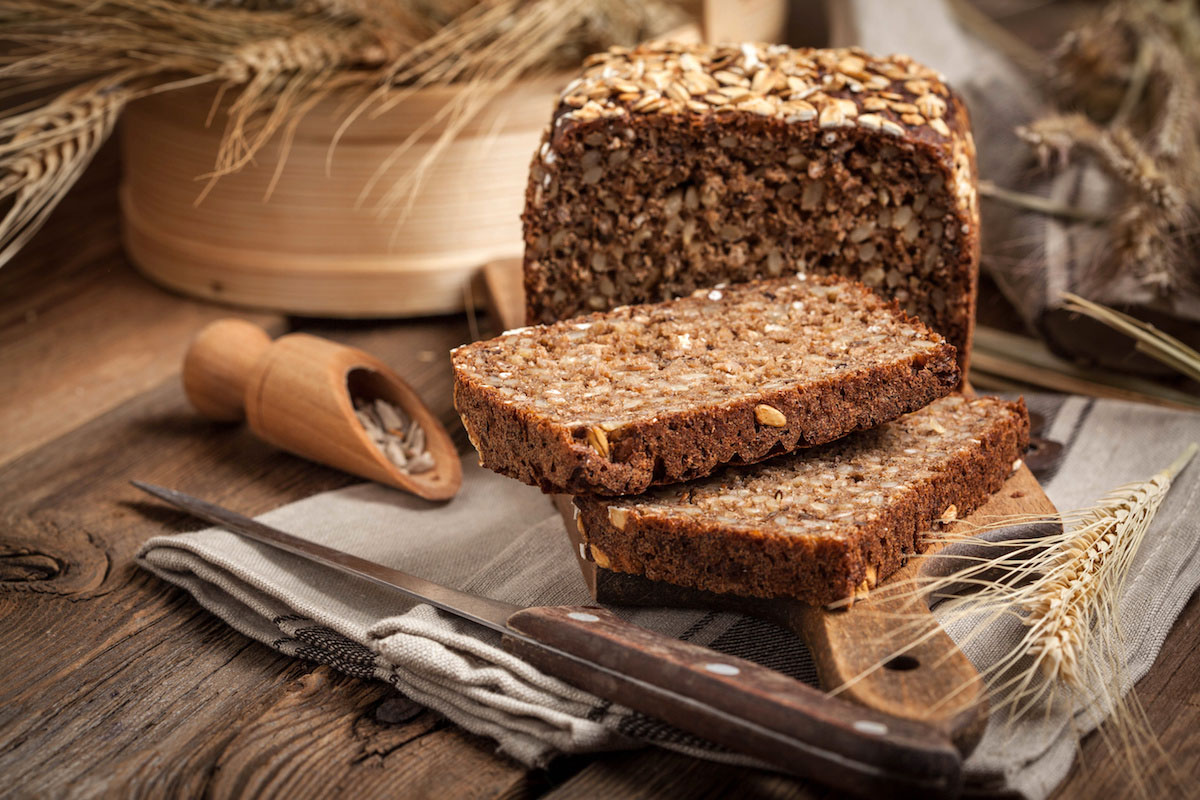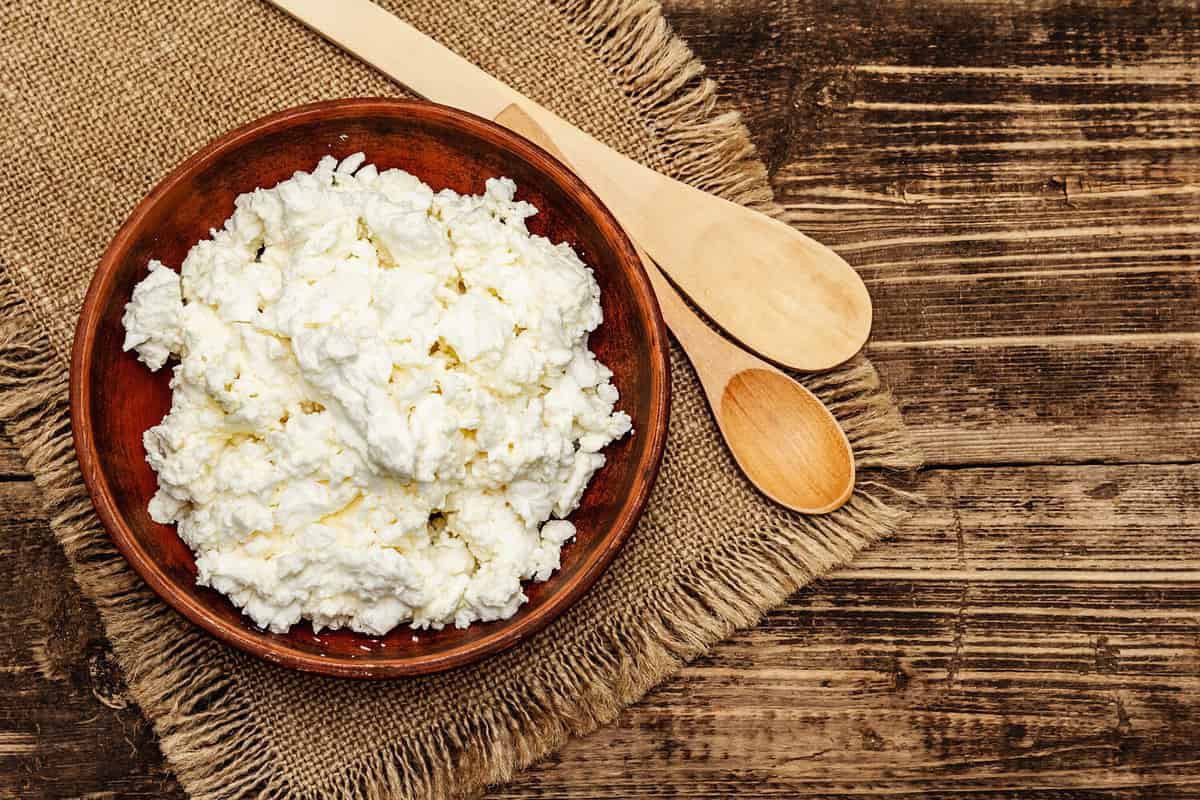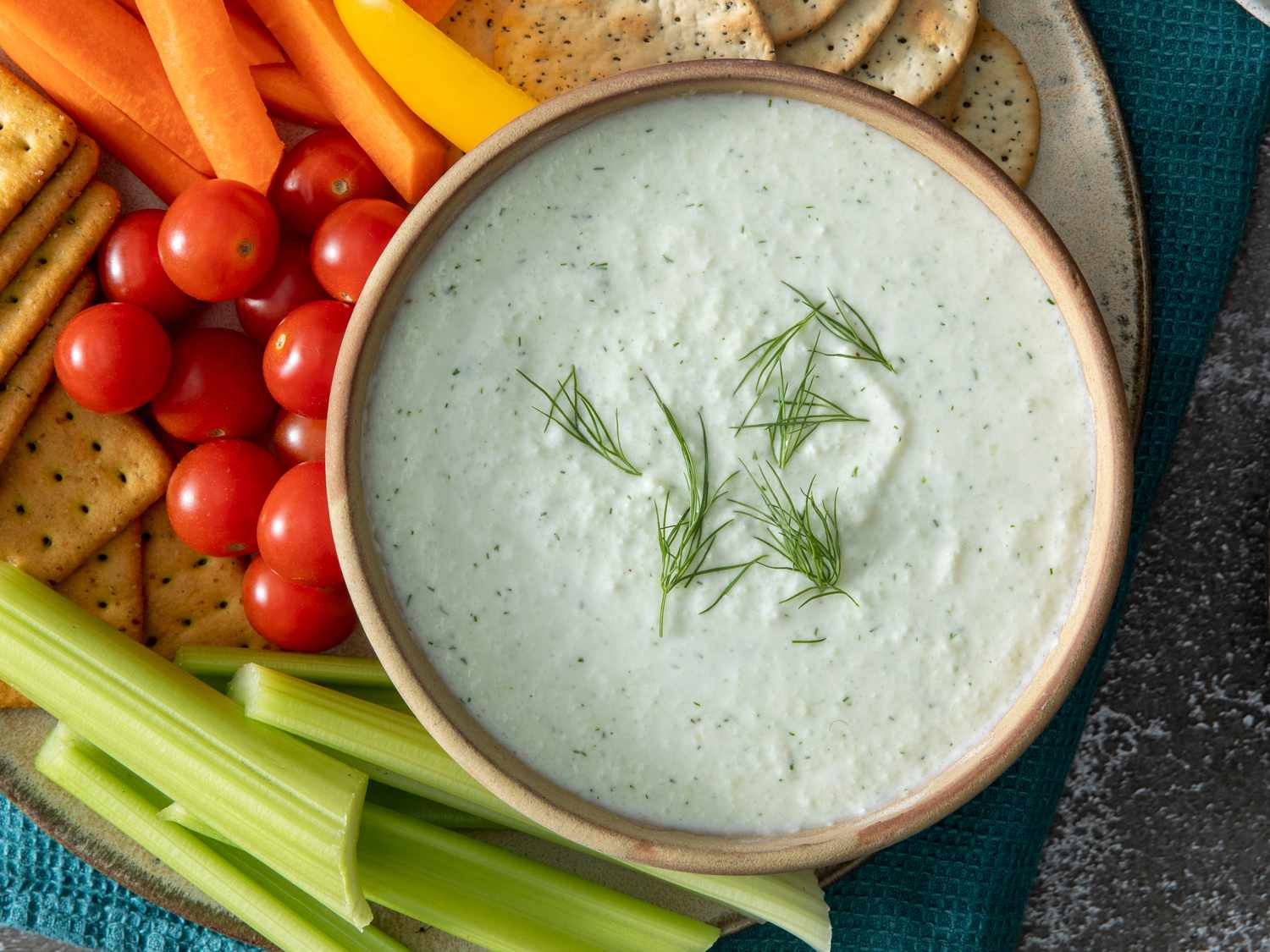Understanding Comfort Food: A Culinary Hug for the Soul
Comfort food is like a warm hug for your taste buds. It’s the kind of food that brings a sense of nostalgia and emotional well-being. Whether it’s a steaming bowl of chicken soup on a chilly day or a gooey macaroni and cheese that reminds you of home, comfort food has a way of soothing the soul.
What Makes a Dish Comforting?
Comfort food is often associated with dishes that are indulgent, familiar, and satisfying. These are the foods that make you feel good, both physically and emotionally. The appeal of comfort food lies in its ability to evoke positive memories and provide a sense of security and contentment.
The Role of Comfort Food in Our Lives
Comfort food plays a significant role in our lives, especially during times of stress or sadness. It has the power to uplift our spirits and provide a temporary escape from the challenges of daily life. Whether it’s a homemade pie lovingly prepared by a family member or a favorite dessert enjoyed during a celebration, comfort food has the ability to bring people together and create lasting memories.
Examples of Comfort Foods
Comfort food can vary widely from person to person, as it is often tied to individual experiences and cultural influences. Some popular examples of comfort food include:
- Macaroni and cheese
- Mashed potatoes with gravy
- Chicken noodle soup
- Grilled cheese sandwich
- Chocolate chip cookies
- Ice cream
The Science Behind Comfort Food
There is a scientific basis for why we turn to comfort food in times of distress. Certain foods, particularly those high in carbohydrates and fats, can trigger the release of feel-good chemicals in the brain, such as serotonin and dopamine. These neurotransmitters are associated with pleasure and can have a calming effect on our mood.
Healthy Ways to Enjoy Comfort Food
While comfort food is undeniably satisfying, it’s important to strike a balance and enjoy it in moderation. There are also ways to make comfort food healthier without sacrificing the comforting qualities. For example, using whole grain pasta in macaroni and cheese or adding extra vegetables to a hearty stew can enhance the nutritional value of these dishes.
In Conclusion
Comfort food is more than just a source of nourishment; it’s a source of emotional support and connection. Whether it’s a cherished family recipe or a guilty pleasure from childhood, comfort food has a special place in our hearts and our stomachs. So, the next time you’re in need of a little pick-me-up, don’t hesitate to indulge in your favorite comfort food – it’s good for the soul.
Was this page helpful?
Read Next: What Is Bang Bang Shrimp











